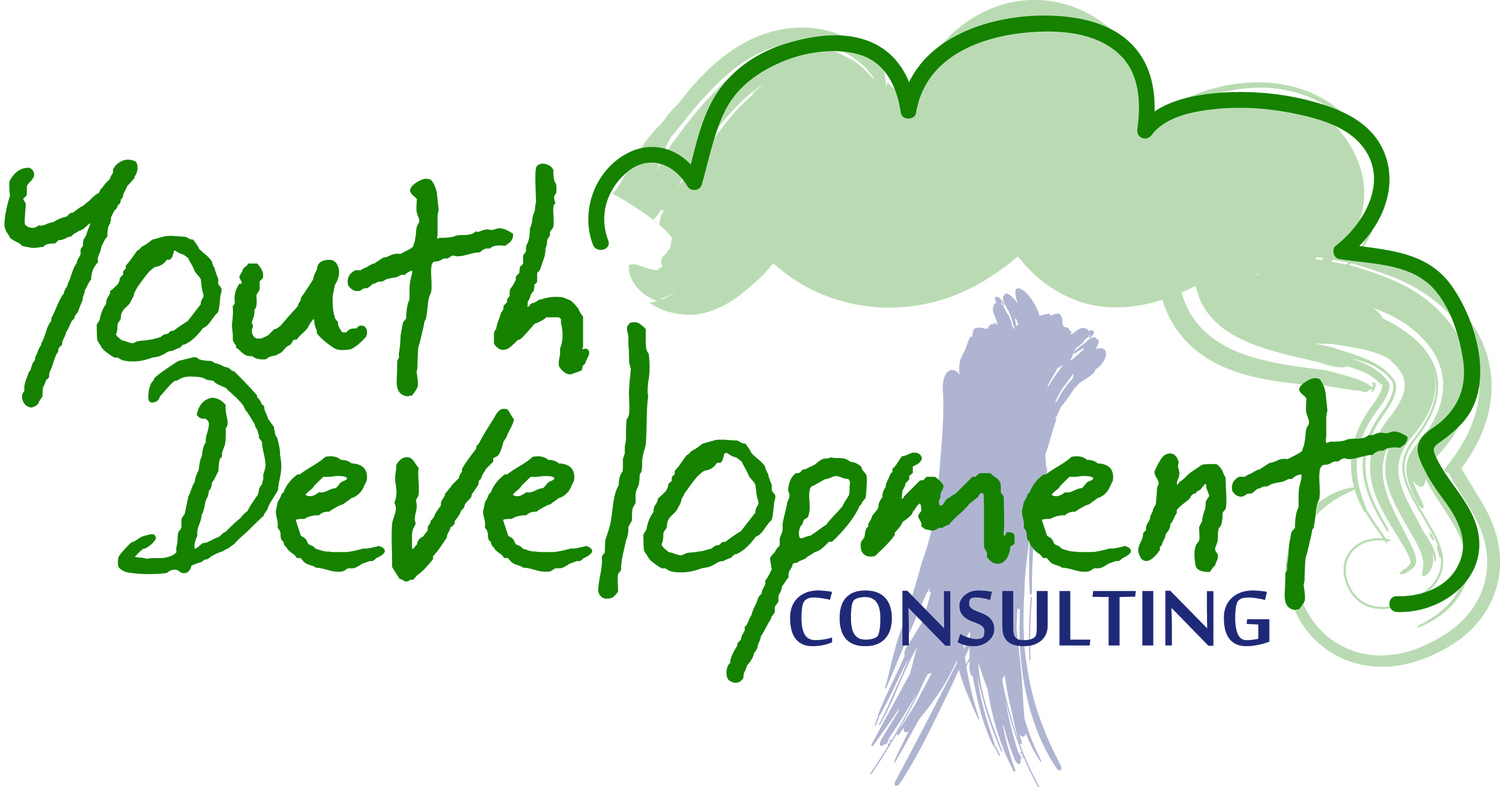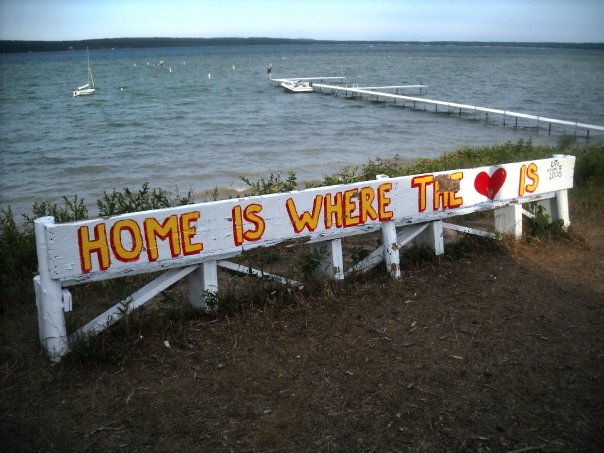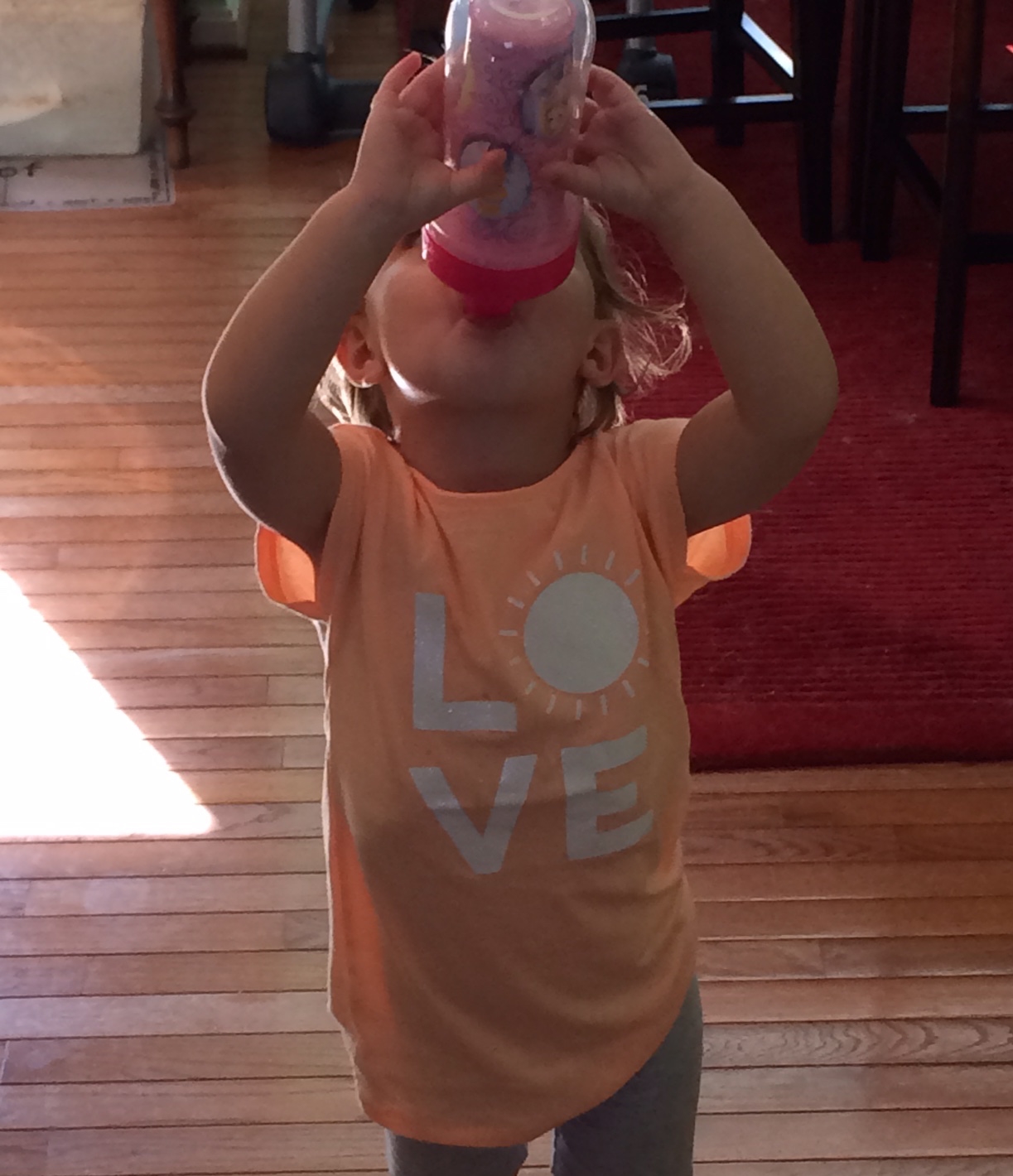If your friend jumped off a cliff would you? - Part 2
/Bringing It All Together
At this point you might be asking yourself, “What does this have to do with me or my programs?” The short answer is understanding the need to be cognizant that each member of a group is likely to pattern behavior after the models they see as similar to themselves or would like to become. So, in order to establish the type of positive dynamic desired, you can look to influence who the majority of the group views as models. Sounds easy, right? In reality, influencing who people look to isn’t exactly formulaic either.
In the ideal situation, a leader, coach, or instructor sets the tone by modeling positive/pro-social behavior that is then hopefully emulated by the group participants. And the reality is that this does happen frequently. But there are other situations where there isn’t a clear leader, or a leader models undesirable attitudes or behaviors, or even that one or more participants act out and become a negative model. In situations like these, consider the following:
First, when a clear leader is missing (for example, adult sports teams, open rec time, etc.), then it’s incumbent on you and your organization to establish, model, and enforce the type of behavior and attitude you want to see. If you expect fair play and sportsmanship, then require it, sanction those who play unfairly, and model those values in your own actions and interactions.
Second, if you have programs with leaders who model undesirable behavior (the overly aggressive youth-sports coach, a chronically negative counselor, etc.), then a conversation is necessary, and the positive behaviors of others (coaches, counselors, teachers, etc.) should be spotlighted and celebrated. By shifting attention to positive models, there is a greater chance the majority of participants will do what they see being praised and supported.
Finally, if individual participants consistently act out or cause unrest, try these tips. First, take an honest look at the program. Frequently poor behaviors (especially in children’s programs) are the result of an activity that is too simple, too complex, or too routine for the participants. By working to fit the program to the participants, it’s entirely possible to eliminate problem behaviors before they become normal. Second, if you deicide the program is not the issue, then you can work to shift attention and approval to those individuals who are “with the program,” and by doing so, help the majority of the group to stay positive. Usually, once the individual who was causing problems stops getting attention and sees another behavior being reinforced, he or she is likely to adapt their own actions to the norms of the larger group.
In the end, every group and individual is different. Fortunately, for all of us who work with an ever-shifting and evolving range of groups, some things remain constant. Hopefully, by keeping these ideas in mind, you can spend less time focusing on problem behavior and more time enjoying the energy that flows from great group dynamics.










